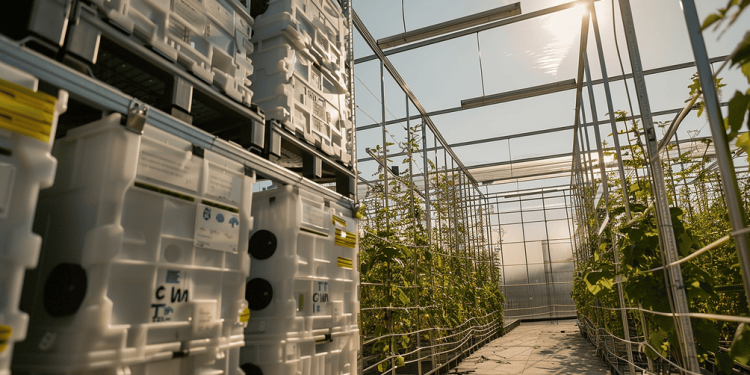Amidst the push for sustainable practices, the greenhouse horticulture sector stands at the forefront of innovation, with pioneering solutions reshaping its landscape.
ReCarbn, a Dutch startup, is leading the charge with its groundbreaking approach to carbon capture. By developing installations for direct air capture (DAC) and reuse within greenhouse horticulture, ReCarbn is revolutionizing the industry’s approach to reducing emissions. Unlike traditional methods, ReCarbn’s innovation optimizes energy consumption and cycle time through the circulation of chemical sorbents between reactors.
The European Commission’s endorsement of technologies aimed at emissions reduction further underscores the importance of such advancements. Carbon Capture and Utilization (CCU) emerges as a vital component of this strategy, offering a promising avenue for sectors like horticulture to repurpose industrial CO2 emissions.
Yet, the journey towards widespread adoption of carbon capture in horticulture presents its own set of challenges. While the potential benefits are vast, scalability remains a hurdle. The sheer volume of DAC plants required poses a significant challenge, necessitating millions of installations to make a substantial impact. However, the future holds promise, as advancements continue to unfold.
As technology progresses, the market for renewable fuels is poised for significant expansion. Initiatives like the Porthos project in Rotterdam exemplify this shift, showcasing the practical application of carbon capture and storage (CCS) on a large scale. By utilizing empty oil and gas fields as reservoirs for storing captured CO2, projects like Porthos pave the way for a greener future.
In the midst of these developments, the Dutch horticulture sector emerges as a beacon of progress. With ambitions to achieve climate neutrality by 2040, the industry sets a bold precedent for sustainability. Through a combination of innovation and support, the Netherlands solidifies its position as a global leader in sustainable agriculture, offering a blueprint for other industries and nations to emulate.
As the horticulture sector continues its trajectory towards sustainability, one thing becomes clear: the future lies in the harmonious integration of technology and environmental stewardship.












